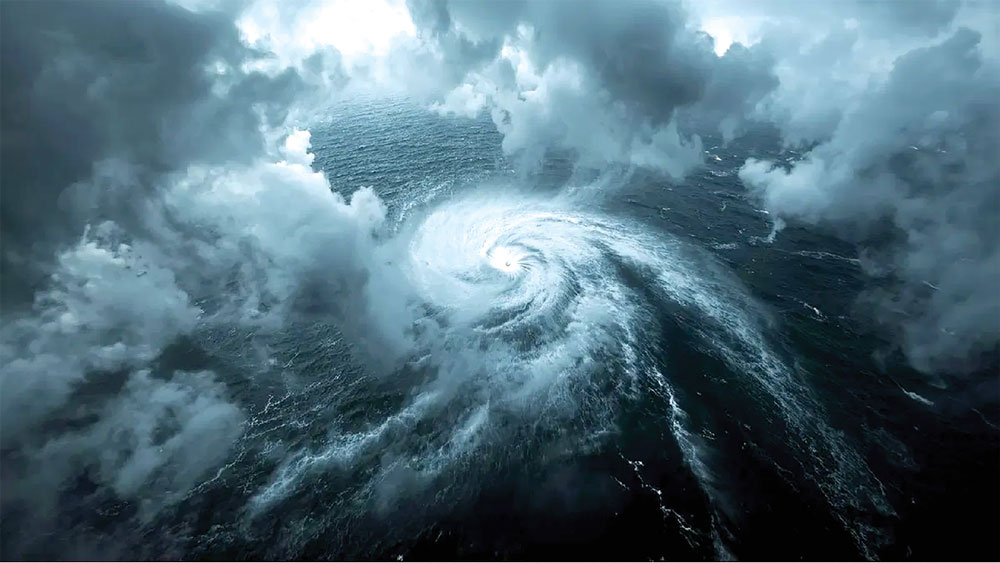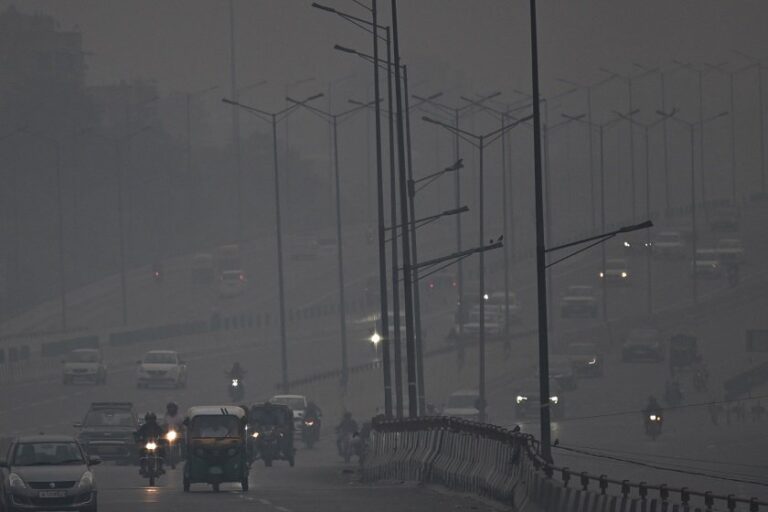
The powerful cyclone ‘Montha’, formed over the Bay of Bengal, has begun affecting Nepal. The cyclone, which developed over the Arabian Sea and moved inland, has already caused early snowfall in Nepal’s Himalayan region in the month of Kartik, according to the Department of Hydrology and Meteorology. The department stated that this cyclone is stronger than previous ones and its impact will continue in Nepal for the next three days (until Saturday).
The cyclone made landfall in Andhra Pradesh, India, and later turned into a strong low-pressure system. From Wednesday, its effects started entering Nepal, bringing continuous rainfall and snow. The storm has already caused heavy rainfall and strong winds in several parts of India, severely affecting daily life.
According to meteorologist Binu Maharjan from the Meteorological Forecasting Division, the cyclone will bring heavy snowfall in some high Himalayan regions from eastern Nepal to Gandaki Province, and intense rainfall in the lower regions.
She said, “There will be moderate rainfall across most parts of the country throughout Thursday and Friday. The cyclone will remain strong until Saturday afternoon and gradually weaken from the central region towards the east.”
Provinces Likely to Be Affected
- Continuous rainfall is expected in Lumbini, Gandaki, Bagmati, Madhesh, and Koshi Provinces.
- Karnali and Sudurpaschim Provinces may also witness snowfall and heavy rain in some mountainous areas.
- Daily life, mountain expeditions, agriculture, and tourism may be affected.
Flood and Landslide Risks
Due to the cyclone-induced rainfall:
- Water levels in Bagmati, Kamala, Koshi, and Kankai rivers may rise to near warning levels.
- Small rivers flowing through Mahabharat and Chure regions of Koshi, Bagmati, and Madhesh Provinces may experience sudden flash floods.
- There is a risk of flooding in Kathmandu Valley and several districts of Madhesh Province, including Bara, Parsa, and Sarlahi.
- Landslide risks are high in hilly districts of Koshi Province.
Emergency Preparedness
The National Disaster Risk Reduction and Management Authority (NDRRMA) has sent directives to district disaster management committees to prepare for potential emergencies. Preparations have begun in:
- Koshi Province: Sankhuwasabha, Taplejung, Panchthar, Tehrathum, Bhojpur, Dhankuta, Ilam, Jhapa, Morang, Sunsari
- Madhesh Province: Bara, Parsa, Sarlahi, Rautahat, Mahottari, Dhanusha, Saptari
- Bagmati Province: Kathmandu, Bhaktapur, Lalitpur, Kavre, Sindhupalchok, Dolakha, Makwanpur, Chitwan, Sindhuli
Public Advisory
The authority has urged the public to:
- Avoid unnecessary travel for the next three days
- Move to higher and safer locations in flood-prone areas
- Avoid cutting paddy and other crops; if already harvested, store them safely
- Stay updated on weather forecasts
- All security forces, local governments, and volunteers have been instructed to remain on standby for emergency response.
People are advised to remain alert and follow official updates for safety.




